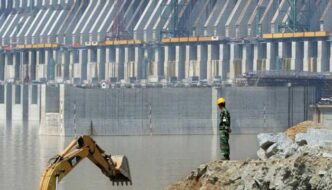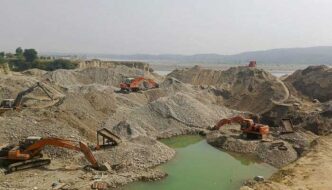China’s latest move to construct a massive hydroelectric dam on the Yarlung Tsangpo River — which flows into India as the Brahmaputra — has sparked growing concern in New Delhi over potential water security risks.
The new dam project, located in Tibet, is expected to be one of the world’s largest, with the capacity to generate vast amounts of clean energy. However, Indian officials and analysts fear that the structure could give Beijing the ability to control or restrict water flows into northeastern India, especially during times of tension.
Strategic experts warn the development could fuel long-standing mistrust between the two nuclear-armed neighbors, already locked in border disputes. India worries the dam might be used as a political tool, potentially triggering a “water war” scenario that could escalate regional instability.
China has insisted the project is purely for renewable energy generation and claims it will not significantly affect downstream water availability. Nonetheless, Indian policymakers are calling for urgent diplomatic engagement and stronger water-sharing mechanisms to avoid conflict over one of South Asia’s most critical lifelines







